If you’ve ever used your phone’s built-in compass and felt something was off, you’re likely not imagining it. After testing several models, we encountered everything from pinpoint-accurate readings to complete directional chaos.
How Smartphone Compasses Actually Work
Your phone doesn’t contain a traditional magnetic needle. Instead, it uses a magnetometer, a sensor that detects magnetic fields. By combining this data with inputs from the gyroscope and accelerometer, your phone estimates the direction it is facing.
In theory, this is a clever approach. In practice, however, the sensors are highly sensitive and prone to interference. Magnetometers can be affected by everything from metal desks and nearby electronics to your car’s dashboard. Even magnetic phone accessories can interfere with accuracy. The compass in your phone is constantly battling a noisy and unpredictable environment.
Exploring exciting upcoming smartphone innovations could give us a glimpse into how future devices will handle compass functions more reliably. Hopefully, we’ll soon see improvements in accuracy and integration.
Not All Compass Apps Are Created Equal
Many people assume that if a smartphone includes a compass app, it will function as accurately and consistently as a traditional magnetic compass. Unfortunately, our tests told a very different story. Using a range of compass apps across various smartphones, we oriented each device in the same direction. The results? A baffling range of readings.
Some apps performed flawlessly. Others were off by as much as over 100 degrees, confidently directing us toward a brick wall instead of a doorway. Some compasses displayed different directions every time the app was opened. In certain cases, the compass only responded correctly after we physically shook or spun the phone.
As absurd as this may sound, it’s not technically a bug. Most compass apps rely on a combination of sensors and software calibration, which can vary widely in quality and responsiveness. The accuracy of these apps depends not just on the device’s hardware but on how well the app interprets that data. To improve your experience, make sure to read user reviews and research reliable compass apps, which can offer enhanced features and potentially better accuracy.
Calibration Isn’t Always Reliable
You’ve likely seen the prompt: “Move your phone in a figure-eight motion to calibrate.” It seems simple enough. During our testing, this calibration method sometimes worked and sometimes didn’t. Occasionally, no calibration was needed—until it suddenly became necessary again.
Part of the problem is the lack of standardization across devices. Some phones will automatically prompt you to recalibrate, while others require you to manually perform a unique calibration method for increased accuracy. Some phones might even adjust themselves in the background without any indication at all.
In one test, a phone that was persistently pointing west suddenly corrected itself after we spun it in the air like a pizza. No alert. No feedback. Just a sudden return to accuracy.
Device Inconsistency Is a Major Issue
To better understand how smartphone compasses perform in real-world scenarios, we tested nine different phones across various locations, apps, and times of day. The lineup included:
- iPhone 11
- iPhone 12 Pro Max
- iPhone 16 Pro
- Motorola Edge 2023
- Nothing Phone (1)
- Nothing Phone (3a)
- Nothing Phone (3a) Pro
- Xiaomi Poco X7 Pro
- Honor 200 Pro
The results were anything but consistent. While a few phones, like the iPhone 11 and Motorola Edge 2023, occasionally showed identical, accurate readings (after removing their magnetic cases), most devices produced slightly different results under the same conditions. In some cases, the variance was extreme.
In one comparison, the Nothing Phone (3a) and the Nothing Phone (3a) Pro—virtually the same device on paper—delivered wildly different compass readings using the exact same app, at the same time, in the same location.
Even among more established brands, differences were common. For example, the iPhone 12 Pro Max and iPhone 16 Pro sometimes disagreed on direction by a few degrees despite running the same app and being calibrated moments earlier.
Perhaps most telling was that the devices rarely delivered the same reading twice in a row with absolute consistency. Changes such as moving the phone a few feet or switching to a different compass app often lead to significantly different results.
This inconsistency highlights a major issue: smartphone compasses are inherently unstable. They’re designed for quick, general orientation, not for precise or dependable navigation. If two nearly identical phones can give you entirely different directions in the same place, it’s clear that relying on a digital compass alone is a gamble.
What This Means for Navigation
You might be thinking, “I use Google Maps, so why does this matter?” Fair question. Navigation apps rely on GPS, motion sensors, and compass orientation to determine your position and heading. The compass becomes especially important when you’re standing still.
If you’ve ever opened Maps and noticed the blue dot rotating unpredictably, it’s likely the compass is struggling to establish direction. Fortunately, GPS data typically takes over once you start walking. But if you’re trying to orient yourself before moving—especially in an unfamiliar area—you’re relying on a tool that may not be working properly.
The problem becomes more pronounced in urban environments. Tall buildings, underground transit, and metallic objects all contribute to magnetic interference. It’s not uncommon for a phone to claim you’re facing west while you’re looking directly at the rising sun.
What You Can Do to Improve Accuracy
The good news is that compass accuracy can often be improved. Slowly and deliberately performing the figure-eight motion over a non-metallic surface can sometimes help significantly.
On Android devices, you may find a “Calibrate Compass” option within the location settings. For iPhones, opening the Compass app and slowly rotating the device in a horizontal circle can help. In some cases, a simple restart does the trick.
Surprisingly, we also found that removing a phone from a magnetic case can sometimes instantly improve accuracy. The Motorola Edge 2023 we’d struggled with for hours worked great after we removed its case.
There are also steps you can take to simplify your phone to reduce interference. Doing these can potentially improve compass accuracy and optimize your device for better performance.
Still, even under ideal conditions, phone compasses can’t match the reliability of a traditional compass. This is especially important to remember when using one indoors or in interference-heavy environments.
You Shouldn’t Rely on It in Critical Situations
Imagine you’re hiking off-trail in an area with limited GPS coverage. You pull out your phone, open the compass app, and expect it to guide you. There’s a chance it’ll work, or it might lead you further astray.
This isn’t an alarmist conspiracy theory. The danger lies not in the tool itself but in the false sense of confidence it can provide. It’s very easy to end up moving in the wrong direction when you have a faulty tool guiding you.
Don’t rely on your smartphone alone in critical situations where accurate orientation is essential. Be sure to bring a real compass and learn how to use it properly. Your phone should serve as a backup, not as your primary navigation aid.
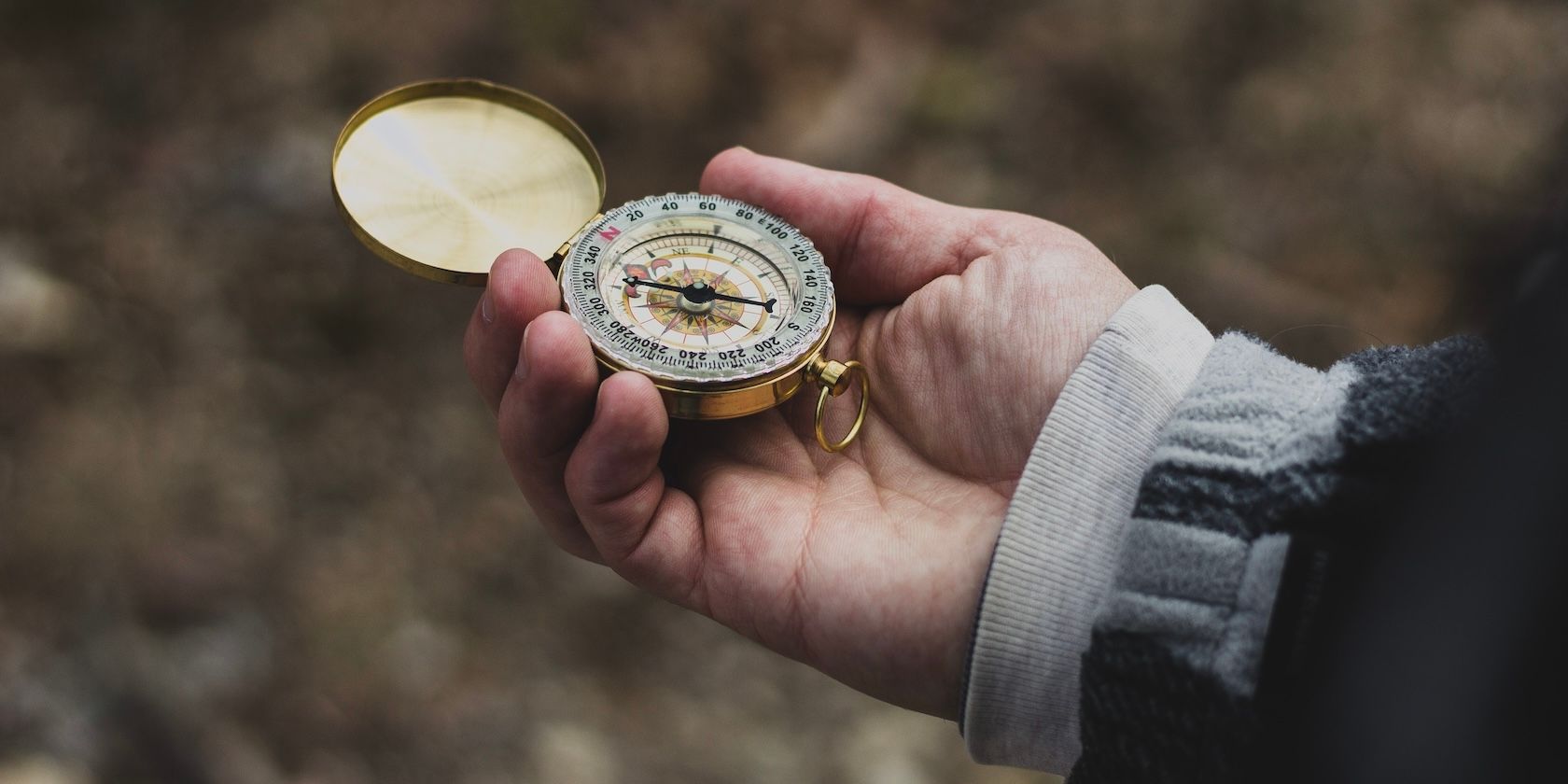
Related
Everything You Can Do With the Apple Watch’s Compass App
With the built-in Compass app, your Apple Watch can point you north, store waypoints, help you backtrack, and more.
Your phone’s compass might be convenient, but it’s far from foolproof. While it’s generally sufficient for casual use, it simply isn’t reliable enough for situations where accuracy truly matters. If you’re navigating off-grid, exploring unfamiliar terrain, or relying on precise orientation, your phone should be a secondary tool, not your only one.
Know how your device behaves, understand its quirks, and, most importantly, carry a real compass when it counts. In the end, digital convenience is no substitute for analog reliability.


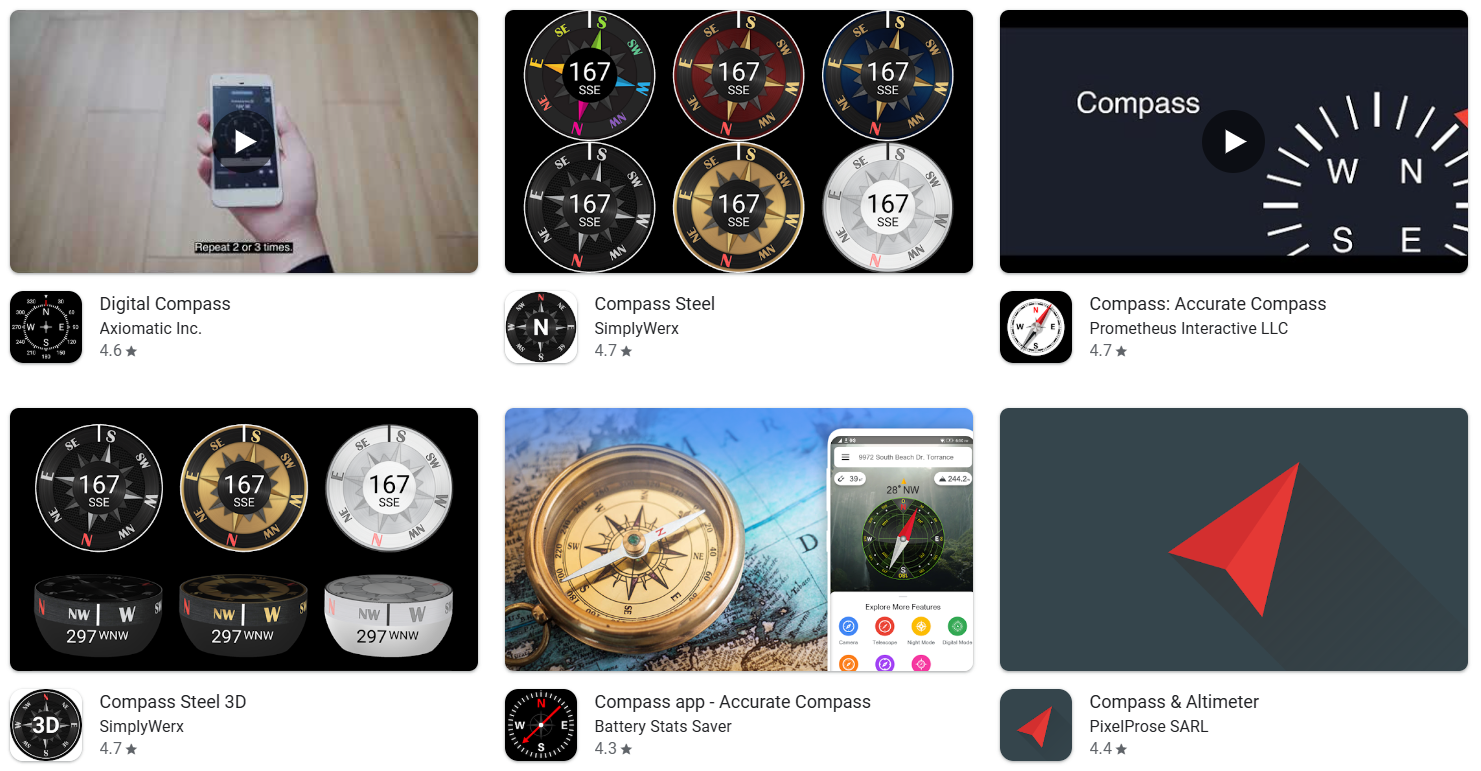
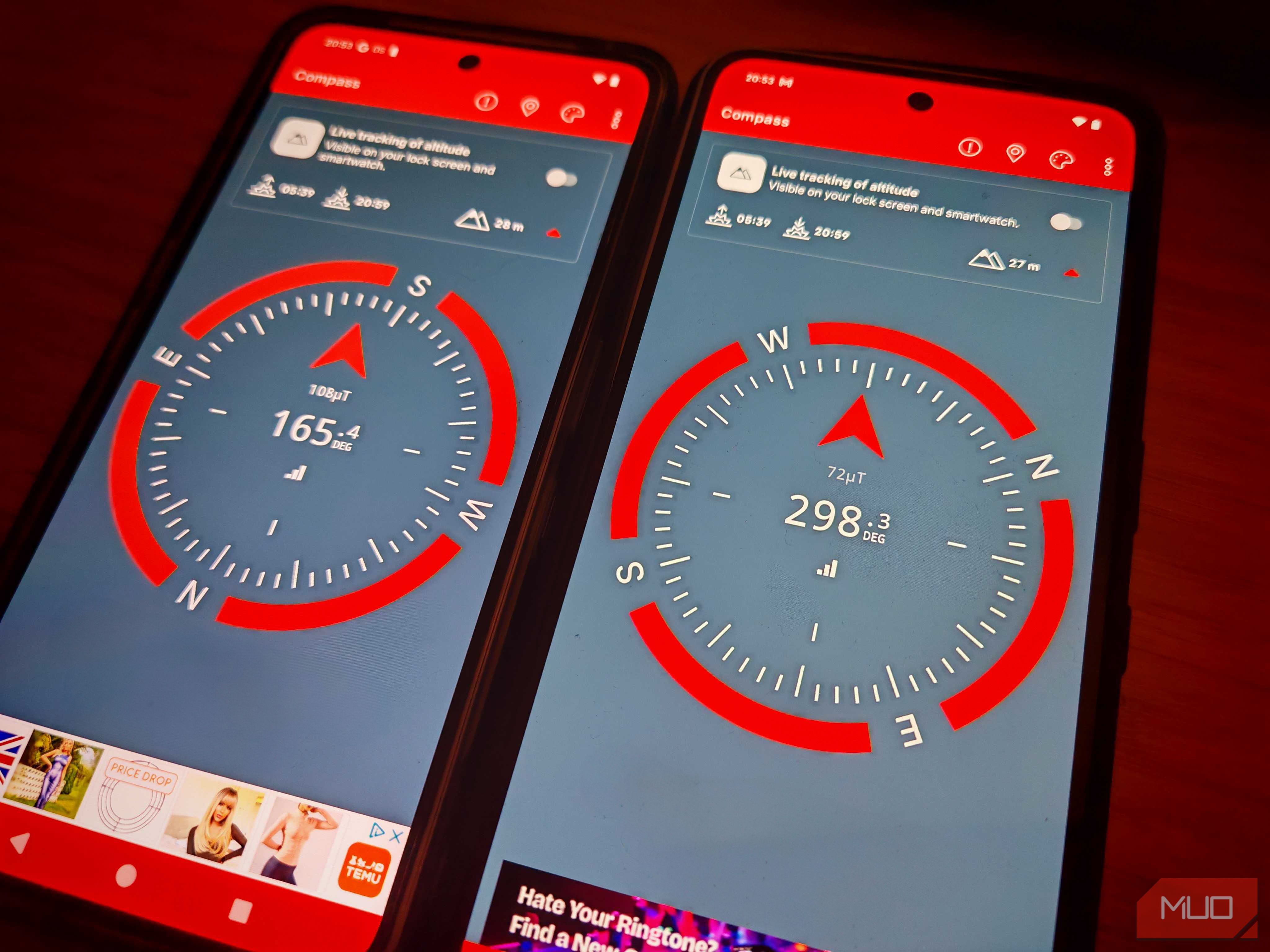
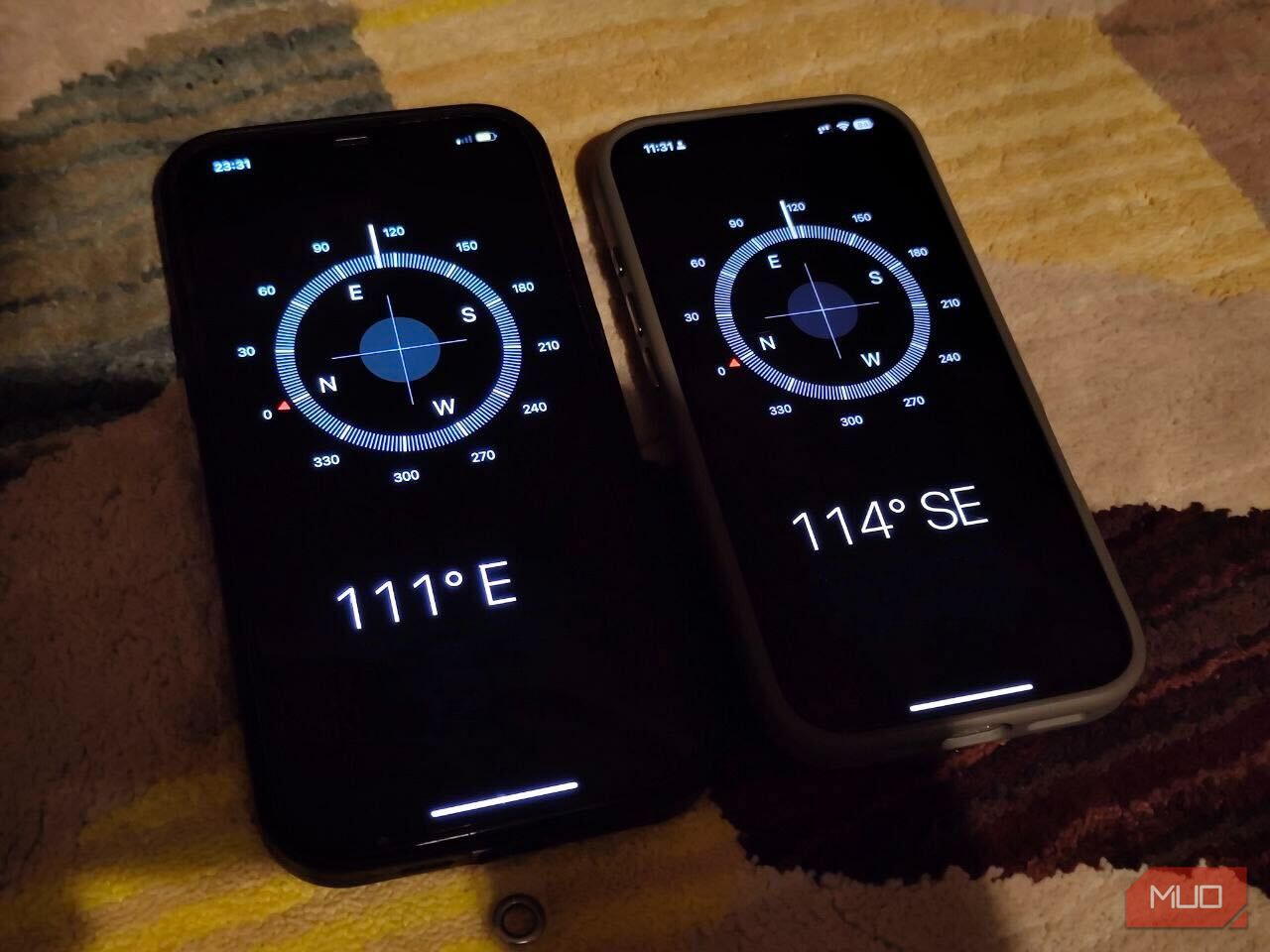
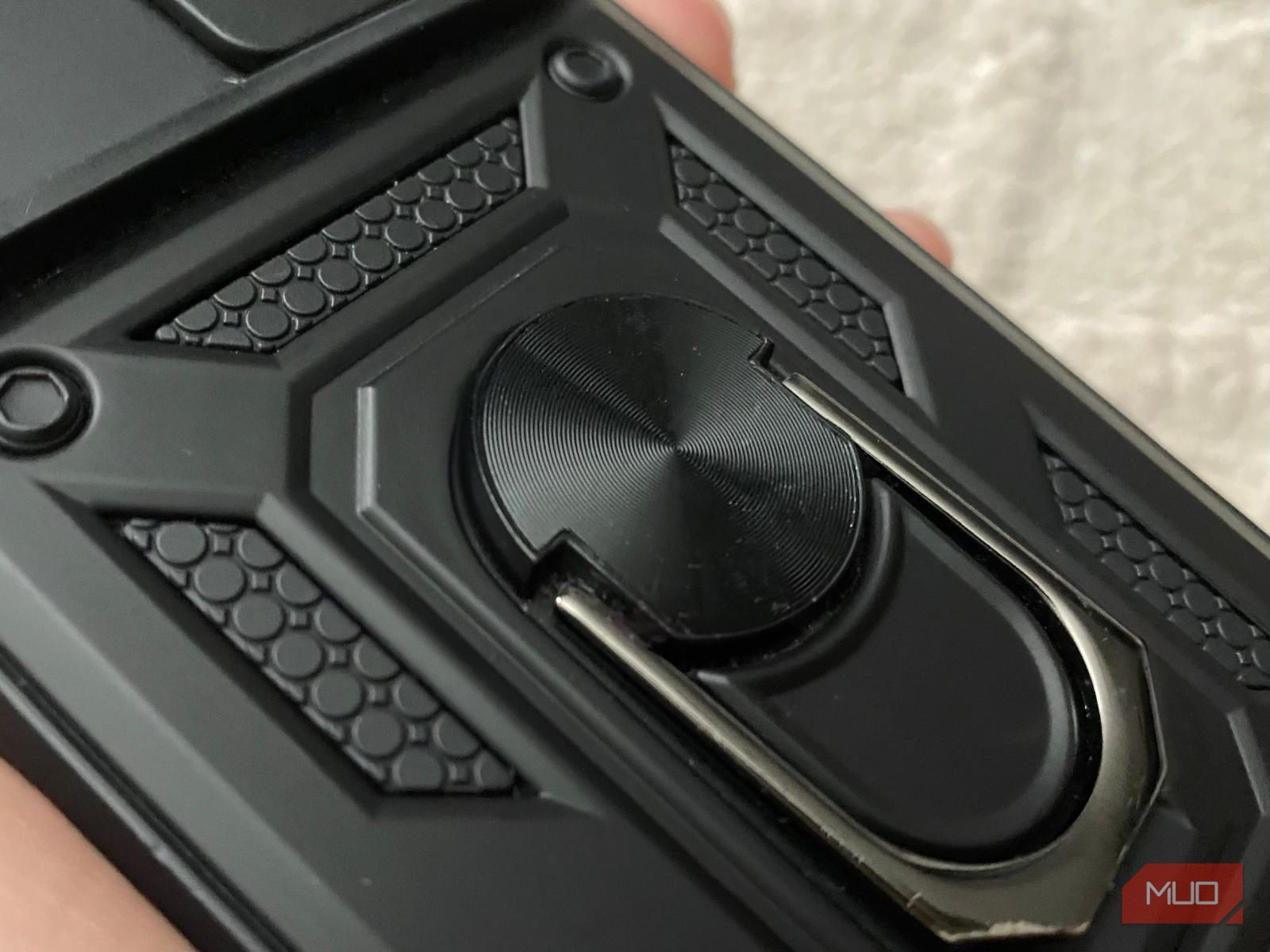
:max_bytes(150000):strip_icc()/Windows-10-Microphone-Settings-5180856-98292d35963c4661aa548ee61c0f913b.jpg?w=1174&resize=1174,862&ssl=1)



Leave a Comment
Your email address will not be published. Required fields are marked *